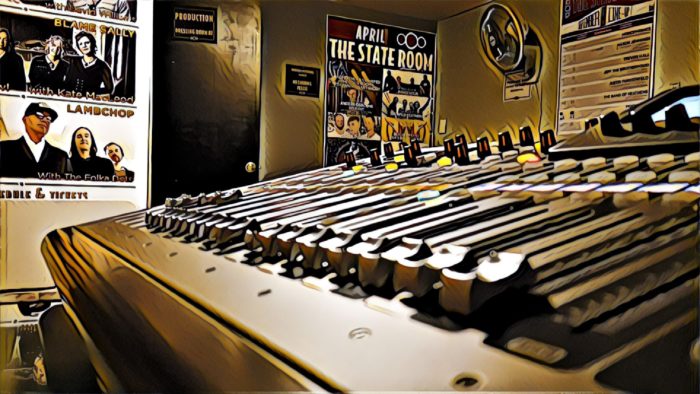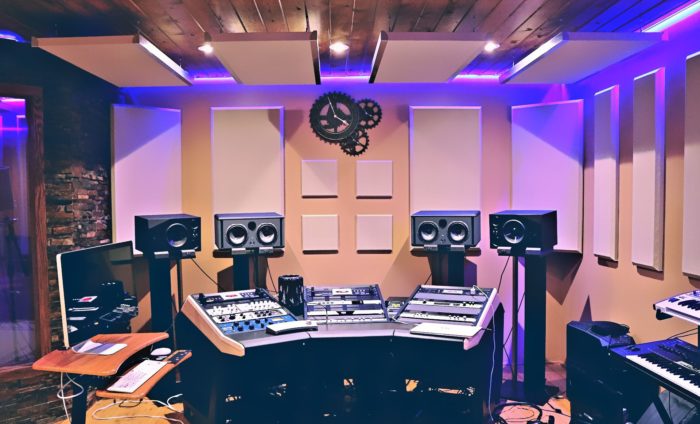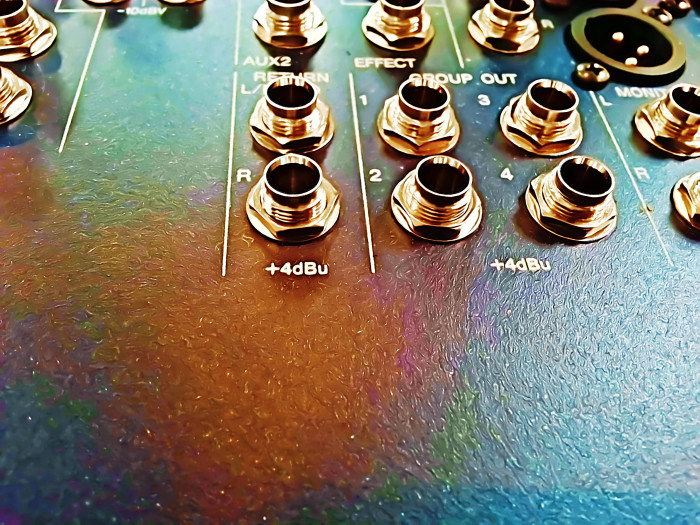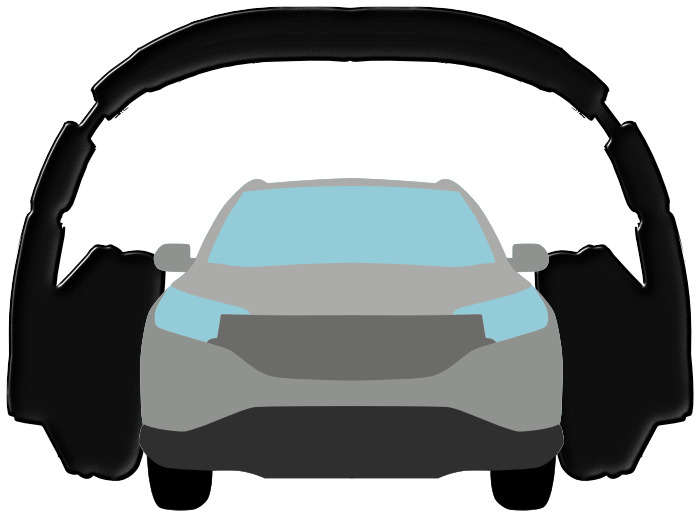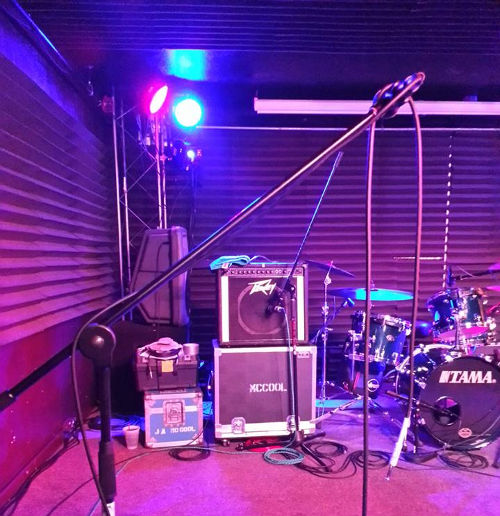This article has almost nothing to do with live music. The general concept of your own workflow having to work for you, first and foremost, applies universally – but mastering is really a “recorded music” thing.
So, why talk about it?
First, it’s my site and I can do as I please on it, even if doing as I please isn’t 100% connected with the main theme of the site. 🙂 (Hey, it’s a superficial reason, but I can be honest about it.)
Second, a friend of mine was getting some criticism over mastering in a car. I felt that the criticism was unwarranted.
Third, I get riled up when people say “you can’t do ‘x’ in way ‘z’.” I’m not against all dogma by any means, but my blood pressure spikes when people hand down dogmatic statements that just aren’t true.
Last, I think it’s very healthy to have a multidisciplinary understanding of audio. I’ve been lucky enough to have both live and studio experience, and taking note of how those worlds interact has been very helpful to me.
Now that we’ve got those bits on the table, let me open by saying:
Mastering Is Not Arcane Wizardry
I have to admit that I’ve done a disservice to numerous people whom I’ve discussed mastering with. In the name of being respectful to mastering engineers, I’ve presented the work of mastering as a kind of magic. On several occasions, I have said that mastering is a sort of “black art” that’s hard to understand and requires an audio-human of supernatural power to perform correctly. As I mentioned, I did this out of a desire to defer to people who specialize in that craft.
I realize now that this was “A Very Wrong Thing To Do,” and I apologize for it. It’s not at all wrong to have a sense of wonder and appreciation at good work, but the problem with presenting that work as an arcane practice is that the true appreciation of it is stifled. When anything in audio is seriously described as magic, there’s a strong tendency for that thing to be either put on a pedestal or dismissed. Disciplines and sub-disciplines are no longer viewed as skills and understanding that can be honed and understood rationally. Instead, they are seen as innate abilities that can’t be explained, or are handwaved away as “you have to buy a very expensive piece of equipment to do that.”
Thus, let me say it again: Mastering is not arcane wizardry. I don’t mean any disrespect to mastering engineers by saying that. In fact, I mean great respect to practitioners of mastering, because their discipline is very important to the success of recorded music.
If mastering isn’t magical, then what is it? Well, as I have come to believe:
Mastering is the process where a sound recording receives final preparation for its consumer-delivery medium.
…and that’s all.
Don’t get me wrong! It’s not that mastering is always simple and straightforward. It’s not that there aren’t significant artistic decisions involved. It’s just that the point of mastering – the purpose of doing it – is quite easy to describe. A mastering engineer’s job is to put the final layer of polish and adjustment on a recording so that it’s as enjoyable as possible for the listener (or, that the recording takes the listener on the ride intended by the artist).
As with pretty much all kinds of craft, the final “fit and finish” is a precision step. It’s critical to the success of the thing being made, and has to be taken seriously. It’s for this reason that mastering-specific gear is often specialized and high-dollar. It’s for this reason that dedicated “mastering rooms” are apt to sound so beautiful and feature the high-performance loudspeakers that they do. In mastering, small adjustments matter in a big way. It’s a tremendous boon to the engineer when his or her equipment and listening environment are fully trustworthy, able to make and reveal small changes, and can do so in a predictable, repeatable manner.
Here’s the thing:
If you can get all that to happen in a car, then you’ve gotten it to happen. If a laptop, headphones, and car-stereo auxiliary input are hitting all those aforementioned marks, then there’s nothing to argue about.
Translation And Trustworthiness
In both live-sound and recorded audio, the issue of “translation” is paramount. What’s happening in the studio or on stage has to be presented to an audience in a way that’s in line with the artist’s goals. The musicians are trying to deliver a certain kind of experience to the listeners, and the engineer’s job is to package and deliver the experience. Whether the experience is consumed via playback or realtime performance is irrelevant to that. (It’s VERY relevant to the equipment and techniques used, of course.)
In recorded music, the problem of translation is primarily that of the unknown playback system. The person that’s listening to a song could be using a staggeringly wide range of things to actually hear the recorded audio. The recording might be playing back in a high-end listening room. It might be playing back on earbuds that cost $5. The listener might have cranked the bass. The listener might have nothing below 100 Hz.
…and you just don’t know.
If that’s the case, then mastering is the last opportunity to ensure that, as much as possible, the critical parts of the song’s experience are preserved for all those different listeners. In order for that to be doable in a reasonable amount of time, a mastering engineer has to have a playback system that they can trust. They have to be in a situation where, when their gear says “this sounds right,” the music actually DOES sound right. In the “classic” mastering room, this means the neutral canvas of carefully tuned acoustics and precision loudspeakers – but those things are just means to an end: Reliable production of music that translates well.
So, what if a car, a laptop, and a favorite pair of headphones are what do that for a particular engineer? What if that setup is what reliably tells you that the music sounds right? I’m not talking about taking a famous mastering guru, yanking them out of their favorite room, and seeing if they can work in the car. That would be an invalid test, because their room and workflow has been crafted to work for THEM. I’m talking about YOU. Yes, an “academically acceptable” workflow and setup are helpful. The process does indeed matter.
But the results matter more than the process.
And here’s where I go on a bit of a rant.
What If Trying To Translate Everywhere Is A Waste Of Time?
See, if you really want something to translate beautifully, your best chance at that is to master directly to the target playback system. It’s just logical. If the vast majority of the song’s listeners are going to hear the tune in a car, it makes a lot of sense to make the song sound good in…you know…a car. If the primary audience is a bunch of on-the-go, young, earbud-wearing folks, why not focus the primary effort on making the song shoe-rippingly awesome in earbuds? Yes, it’s worth making sure that the record is okay in other situations, but why take an outside-in approach? Why not start from the majority audience and go from there?
I’m NOT advocating mastering around every tiny peak and dip in a specific car stereo or set of headphones. That’s a classic cause of problems with translation. What I am saying is that insisting on a traditional mastering room for the sake of itself isn’t as rational as it might seem. I’m also saying that trying to make a “neutral canvas” playback situation work everywhere may not be the best workflow for everyone. (For the folks who have learned to be adept at it, it’s really good. No argument there.)
I mean, my understanding is that the movie industry has this all figured out. They certainly benefit from a “closed door” business, where consumers experience their product through a limited number of exhibitioners. Therein, though, lies the beauty: They can set standards for what a theater is supposed to sound like, and how loud the sound system can go, and how it should all be tuned, and then work on their dubbing mixes in rooms that meet those very same standards. They focus on working for the exhibitioners that play by their rules, maybe give a cursory nod to everybody else (or not, I’m not really sure), and basically eliminate all the vagaries that haunt music production. It’s kinda brilliant, actually.
Of course, recorded music is anything but a “closed door” industry, so we aren’t going to be reducing our number of unknowns anytime soon.
Anyway.
The point is that your workflow has to work for you. If it lets you get results that you and your clients are proud of, then you’re fine. If the guy at the big production facility sneers at you, so what? If you can get work, and do it justice by mastering in a car, then yes…
…you can master in a car.

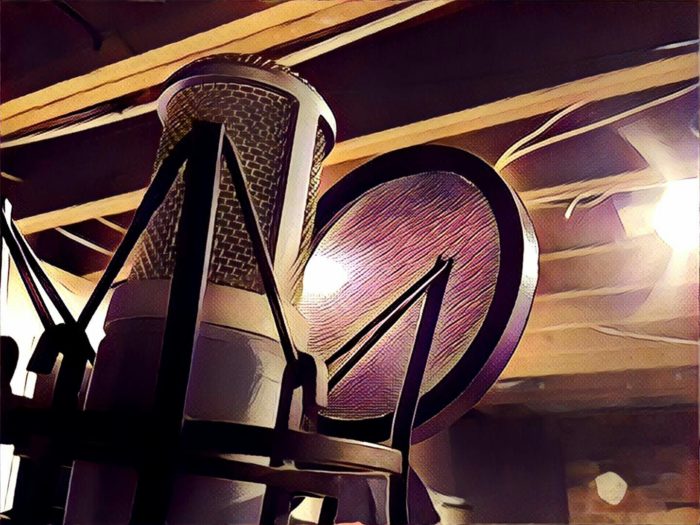 Want to use this image for something else? Great! Click it for the link to a high-res or resolution-independent version.
Want to use this image for something else? Great! Click it for the link to a high-res or resolution-independent version.